|
Salmon is a classic Scandinavian dish. Spring salmon runs up the fjords and rivers of Scandinavia from late May/early June through most of the summer. Salmon is eaten fresh, but it is also made into gravlax, a mild cold-cured dish made by burying whole salmon filets in a mixture of salt, sugar, and herbs. Salmon also features in many New England summer traditions, including Fourth of July menus, which consisted largely of salmon, new potatoes, and fresh peas. Historically, as with many springtime fish runs, salmon was inexpensive and easy to obtain, both in the United States and Scandinavia. Not so anymore. I wanted to serve salmon at my Scandinavian Midsummer Porch Party, but I was also short on time and feeding a crowd. I decided against the more intensive prep of a poached or grilled salmon filet and settled on the easier and more wallet-friendly canned salmon instead. I use the smaller tins of sustainably harvested wild-caught salmon that don't contain any skin or bones. The inspiration for this recipe came from a historic one I saw a while ago. Linda Hull Larned's One Hundred Picnic Suggestions cookbook, published in 1915, had a recipe for Salmon Salad which called for the use of rice, but offered an alternative of hard boiled eggs and cucumber. Since I was already making deviled eggs, I decided to go a little lighter and use just cucumber. Salmon Cucumber Salad Open-Faced SandwichesThis recipe makes a lot of sandwiches (enough for all of the ones pictured above), so feel free to cut the recipe in half if you're serving fewer people. 2 cans (5 oz. each) salmon 1 cup finely chopped English cucumber 2 scallions, sliced fresh dill, minced lemon juice or white wine vinegar salt pepper 1 tablespoon Dijon mustard mayonnaise Drain and flake the salmon, then stir in the cucumber, scallions, and fresh dill. Add salt and pepper and a splash or two of lemon juice or white wine vinegar and toss to coat. Stir in Dijon mustard and mayonnaise to coat. Serve on thin slices of fine-grained but sturdy white bread (I used semolina batard). You should probably butter your bread slices - I didn't, thinking the mayonnaise was moist enough, but they got a little soggy! You could also serve on toast or with water crackers. If you can't find or don't like salmon, you could certainly substitute tuna. But if you don't generally like tuna salad, give salmon salad a try! It is milder-tasting and the cucumbers give a refreshing crunch. If you wanted to be extra-fancy, you could certainly also use leftover grilled, poached, or roasted salmon, flaked, although be aware that most modern salmon filets are going to be fattier than canned salmon, so keep that in mind, flavor-wise. The Food Historian blog is supported by patrons on Patreon! Patrons help keep blog posts like this one free and available to the public. Join us for awesome members-only content like free digitized cookbooks from my personal collection, e-newsletter, and even snail mail from time to time! Don't like Patreon? Leave a tip!
0 Comments
This is one of the more famous food-related posters of the First World War. Created by famous illustrator and artist James Montgomery Flagg, "Sow the Seeds of Victory," and its sister poster (below) "Will you have a part in Victory?" were both produced by the National War Garden Commission, headed by Charles Lathrop Pack. The bottom of each poster reads "Every Garden a Munition Plant" with instructions in the lower right-hand corners reading "Write to the National War Garden Commission - Washington, D.C. for free books on gardening, canning, & drying." The posters both feature the same image - the United States embodied as Columbia, striding boldly, sandaled feet marching through a freshly plowed field, and broadcasting seed from a round basket. Columbia wears her Classical-style dress in the colors of the American flag - red, white, and blue - and wears a Phyrgian cap on her head, a symbol of freedom and liberty. The poster implies that by planting gardens, ordinary Americans could "Sow the seeds of Victory" and "plant and raise your own vegetables" - helping the war effort both literally and symbolically. Although "Every Garden a Munitions Plant" is a bit on the nose, the martial language helped reinforce the importance of growing vegetables at home, rather than consuming fuel and war materiel by purchasing vegetables grown far away, or canned commercially. The phrasing of the first poster is more in line with the sentiment of the image, and was likely the first produced. "Will you have a part in Victory" implies that the viewers may have already seen the first poster and understand its original intent. The Library of Congress estimates that these posters were produced in 1918, which is entirely possible, but the National War Garden Commission had instructional booklets on gardening, canning, and drying all published in 1917. Given that the NWGC was one of the first organizations to advocate for war gardens, even before the outbreak of war, so it is possible these are from 1917. Ironically, James Montgomery Flagg helped hasten the demise of Columbia as a symbol of the United States. His depiction of Uncle Sam, first featured on the July 6, 1916 cover of Frank Leslie's illustrated newspaper asking "What are YOU doing for Preparedness?" - he later repurposed the image, inspired by Britain's Lord Kitchener, into the infamous "I Want YOU" Army recruitment poster, which was so effective it was recycled for the Second World War. By the 1930s, Uncle Sam (and his feminine counterpart, Aunt Sammy) had completely superseded Columbia as a symbol of the United States. The Food Historian blog is supported by patrons on Patreon! Patrons help keep blog posts like this one free and available to the public. Join us for awesome members-only content like free digitized cookbooks from my personal collection, e-newsletter, and even snail mail from time to time! Don't like Patreon? Leave a tip! Growing up, I considered Scandinavian-style open-faced sandwiches the epitome of style. Which, in a region where "traditional" Scandinavian food is essentially variations on meat and potatoes, it was! I requested a Scandinavian smorgasbord for my high school graduation party, and that's what I got! Of course, mine were more American than the traditional Danish versions with tiny shrimps or smoked salmon, but still delicious. When planning my Scandinavian Midsummer Porch Party, I knew I wanted open-faced sandwiches for the main dish, because they would be relatively quite and easy to assemble, and they were small enough for people to have lots. Plus! They could be served cold, so no having to manage a hot main course. The official name for open-faced sandwiches is smørrebrød, which is Danish for (literally) "butter-bread," but which is used to refer to a very specific style of open-faced sandwich. Danish smørrebrød etiquette is a bit too formal for me - eating sandwiches with a knife and fork?! No thanks. I'm Scandinavian AMERICAN, after all. And there are some very specific types of sandwiches, and even an order in which to eat them! This is a party, folks. I don't tell people how to eat unless they ask for advice. I also find the formality hilarious given the very plebian origins of open-faced sandwiches. Conventional wisdom draws a direct line from Medieval trenchers (essentially plates made of bread) to open-faced sandwiches. As with most food history, there isn't a ton of concrete evidence, but it's a logical connection. Others draw a line between 19th century field food for farmers, who ate leftovers with buttered bread for lunch. Regardless, there are some commonalities between most open-faced sandwiches. 1. Fine-grained rye bread is the best and sturdiest foundation. 2. Yes, you have to butter the bread - thinly and edge to edge. This keeps the bread structure together and prevents it from getting soggy. Buttering edge-to-edge also helps keep the bread from drying out. 3. No, it cannot have another piece of bread on top. Otherwise it's not open-faced anymore! Other than that, the sky's the limit! I made four different ones for the party, and all were a hit. Here's my personal favorite: Dill Havarti and Summer Sausage with Cucumber on RyeAt that graduation party, a variation of this was one of my favorite sandwiches my mom came up with - tiny party rye slices spread with herbed cream cheese and topped with a slice of summer sausage, a slice of cucumber, and a sprig of dill. These aren't quite the same, but equally delicious. Fine-grained rye bread, buttered Thinly sliced dill Havarti cheese 1 slice summer sausage (not salami!) 1 slice English cucumber Summer sausage is a must here. It's almost impossible to find in my neck of the woods, so when I was in Ohio for a wedding back in April, and saw giant sticks of it in the grocery store, I grabbed one to take home. It's all gone now (sadly), and it wasn't QUITE as good as the stuff from back home in North Dakota (which is known for its sausage), but it was better than anything out here in New York. Unlike dried sausages like salami or pepperoni, summer sausage is able to be kept at room temperature because of a bacteria which lowers the PH of the sausage and gives it its signature tangy taste. You have to refrigerate it once it's unsealed, but it's softer and less fatty than salami and the flavor is just as good if not better. I saw dill Havarti in the store, so had to get it for this recipe. I got mine sliced at the deli. Havarti was invented in Denmark and is an incredibly buttery-tasting, softish, lacy-grained cheese that is just lovely on sandwiches. The tender, dense rye bread, butter and buttery tasting Havarti, the tangy, salty summer sausage, and the crisp, cold cucumber are just a delicious taste sensation. I cut the bread in quarters for easier eating and to fit the sausage and cucumber better. The Food Historian blog is supported by patrons on Patreon! Patrons help keep blog posts like this one free and available to the public. Join us for awesome members-only content like free digitized cookbooks from my personal collection, e-newsletter, and even snail mail from time to time! Don't like Patreon? Leave a tip! Cucumber salad with dill and sour cream just screams summer and Scandinavia. So when I planned my Scandinavian Midsummer Porch Party, I knew it had to be included. Agurksalat is the Norwegian name of cucumber salad, but funnily enough, most cucumber "salads" in Scandinavia are more like quick cucumber pickles - thinly sliced cucumbers are covered with a brine of vinegar, salt, and sugar, with fresh dill. This salad is often used to accompany fish, or as a topping for rye bread and liver pate. But where I was growing up in the Red River Valley of North Dakota, cucumber salad was made with sour cream. I wonder if these salads weren't invented to use up the bumper crops of cucumbers that often result. Certainly in Scandinavia they were historically celebrated as a herald of spring, and were eaten only for the short months they were available in outdoor gardens, mostly June and July. In the US, especially the Upper Midwest, the cucumbers are often peeled, but I'm a big fan of English/burpless/seedless/Persian cucumbers, which are thinner skinned, less bitter, and more crisp than their larger counterparts. These cucumbers are perfect for salads as they're crisp enough to hold up under dressings but tender enough to taste more like garden-grown. I am not particularly a fan of the sweet-sour brine (which seems to also be used to pickle herring!), and dislike bread and butter pickles for this reason, so my cucumber salad recipe doesn't include any sugar. This last-minute addition ended up being one of the surprise smash hits of the afternoon, and I sent the little bit that was left home with a friend and her kids, who kept going back for seconds. Scandinavian Cucumber SaladIf you want a more traditional salad, google "agurksalat," but if you want something traditionally Midwestern Scandinavian-American, and surprisingly refreshing on a hot day, stay with me. 6 mini Persian cucumbers, or 1 large English cucumber 1 teaspoon salt 2 scallions white wine vinegar full fat sour cream Wash and thinly slice the cucumber - not paper-thin, but thinner than a quarter inch. Add salt to the bowl and toss the cucumber slices to coat. Let rest for 15 minutes, then drain off the juice. If you're avoiding salt, feel free to give them a little rinse and drain again. Slice the scallions paper-thin, and add to the cucumbers with a splash of vinegar and a dollop of sour cream. Toss everything together until the cucumbers are coated with the vinegar-sour cream mixture. Serve cold or cool. The cucumbers will be salty and crisp and the creamy-sour dressing will be very addictive. Great as an accompaniment to sandwiches, grilled fish or meats, or as one of a variety of cold salads served for a light supper. The Food Historian blog is supported by patrons on Patreon! Patrons help keep blog posts like this one free and available to the public. Join us for awesome members-only content like free digitized cookbooks from my personal collection, e-newsletter, and even snail mail from time to time! Don't like Patreon? Leave a tip! Nothing says summer like potato salad, but while many people have strong opinions about what constitutes potato salad and what doesn't, in my opinion, if it contains cold (or even warm!) potatoes and some kind of dressing, it's potato salad. Scandinavians have embraced the potato since it was introduced in the mid-1700s, and it now plays a foundational role in some of their most famous foods, including lefse, Jansson's temptation, and the beloved boiled red potatoes that accompany nearly every celebratory meal, including Midsummer. For my Scandinavian Midsummer Porch Party, I thought I'd riff off of a recipe my mother-in-law introduced to me, and make it slightly more Scandinavian. Hers calls for boiled potatoes, sweet onion, white vinegar, and mayo with dried dill. I made mine with boiled red potatoes (also a North Dakota favorite) and fresh dill. Native to the Mediterranean and Eurasia, dill is probably the most important culinary herb in Scandinavia. Only caraway gives it a run for its money. Although most Americans are probably only familiar with it thanks to dill pickles, it is one of my favorite herbs - fresh and green tasting, but not as one-dimensional as parsley or overpowering as fennel or rosemary. It is the perfect complement to fish, cucumbers (as you'll see in the next post), and yes, potatoes. Scandinavians also use it to flavor lamb stew, instead of the more Western mint. Fresh dill can be a bit of a pain to keep fresh, but trim the stems when you get home and place them in a wide-mouth pint mason jar with an inch or so of cold water. It will keep fresh at room temp for a day or so (change the water daily), but put it in the fridge with a plastic bag tent if you want it to keep for longer. The key to this tangy salad is the vinegar, and tossing the onions and potatoes while the potatoes are still hot. Creamy Dilled Potato SaladIf you don't have fresh dill, you can certainly use 2 tablespoons dried dill, but the flavor, while good, won't be quite the same. 2-3 lbs red potatoes 1 sweet onion, like Vidalia or Walla-Walla 2+ tablespoons white or white wine vinegar 1+ cup mayonnaise 1/4 cup chopped fresh dill Wash the potatoes and slice them about a quarter inch thick (I cut my very large potatoes in quarters first). Place in a large pot and add cold water to cover generously. Bring to a rolling boil, reduce the heat slightly (so they don't boil over), and cook until fork-tender, but not quite falling apart. Meanwhile, cut the root end off the onion, then cut in half lengthwise, peel, and cut in quarters or sixths. Slice crosswise paper thin. Add to a large serving bowl or casserole and toss the onions with the vinegar. When the potatoes are done, drain and let them steam for a second, then add while hot to the onions and vinegar. Toss well to combine. Then add mayonnaise to coat and the fresh dill. Taste and add more vinegar as necessary. The vinegar flavor will tame down a bit as the potatoes absorb it, so if making ahead taste the next day and add more vinegar as necessary. You can also add some sour cream if you want this potato salad to be even creamier. Serve as a side dish to grilled meats, sandwiches, or your favorite bean salad. The Food Historian blog is supported by patrons on Patreon! Patrons help keep blog posts like this one free and available to the public. Join us for awesome members-only content like free digitized cookbooks from my personal collection, e-newsletter, and even snail mail from time to time! Don't like Patreon? Leave a tip! In our continuing Scandinavian Midsummer Porch Party menu exploration, this mushroom pâté is relatively simple to make and a favorite of vegetarian guests. Although they're not often the first thing people consider when thinking of Scandinavian food, wild mushrooms are extremely popular in all the Nordic countries. Foraging is something of a national pastime, and while berries are easier to identify, mushrooms rank high on the list as well. Although in Scandinavia they are normally served in gratins, soups, and as an accompaniment to game meats, mushrooms in summer called for something a little different. Traditionally pâté is made of finely ground meat and fat - goose liver (a.k.a. fois gras) is the most famous of the pâtés, which of course originate in France (hence the French word), but are common throughout northern Europe. Substituting mushrooms for meat is a common swap, but the same smooth texture is replicated, albeit in a lighter format. There are lots of mushroom pâté recipes out there, but this is one of the simpler ones. It's based on a skillet dish I invented for a vegetarian friend. The lemon flavor doesn't fade as it often does in dishes, but adds an indefineable tang to the creamy richness. I recommend a food processor or chopper for this to work well, but with some time and knife skills, you can make due without one. Mushroom Pâté RecipeFor a more complex flavor, feel free to substitute your favorite wild mushrooms, or a combination of mushrooms. This recipe would also scale up easily if you're feeding a crowd. 1 pint white button mushrooms 1 tablespoon butter 1-2 tablespoons lemon juice 1/4 teaspoon wild garlic salt (or regular sea salt) 1/4 cup heavy cream Clean and coarsely chop the mushrooms, then add to a food processor or chopper. Pulse until the raw mushrooms start to form a paste. Be sure to ensure any large chunks are also finely chopped. If using a knife, just keep chopping until you can get them as fine as possible. In a saucepan over medium heat, melt the butter and add the mushroom paste all at once. Stir well to combine and let cook until the liquid of the mushrooms cooks out and evaporates. Add the lemon juice and salt and cook until the juice is absorbed by the mushroom paste. Add the heavy cream and cook until absorbed. Serve warm, room temperature, or cold with rye crisps, crackers, or toast. The Food Historian blog is supported by patrons on Patreon! Patrons help keep blog posts like this one free and available to the public. Join us for awesome members-only content like free digitized cookbooks from my personal collection, e-newsletter, and even snail mail from time to time! Don't like Patreon? Leave a tip! When it comes to freshness, there's nothing like a freshly picked garden pea. But most of us aren't growing them ourselves, and "fresh" peas in grocery stores are generally old enough that the sugars that make peas so delicious are converted to tasteless starch. Canned peas are generally overcooked and mushy. Fine for eating alongside mashed potatoes and meatloaf, but not so fresh-tasting. What's the solution? Frozen peas. Ironic, I know, but frozen peas are often so much better than "fresh" unless you've picked them yourself or get them the same day. To me, peas signal not only spring but also early summer - when mornings and evenings are still cool, even when midday is hot. In the Northeastern U.S., peas were historically on the menu as late as July 4th! They're popular in Scandinavia, too. I wanted some nice, bright color for my Scandinavian Midsummer Porch Party, and this fresh pea spread hit the spot. I've made Spring Pea Hummus before - and that's equally delicious. But I wanted something vegan this time. Fresh Pea Spread RecipeThis recipe definitely needs a food chopper or processor! You could use a food mill in a pinch, but you'll need to finely mince the onion, first. 1 bag frozen organic peas 1/4 sweet onion (I used Vidalia) 1 tablespoon lemon juice 1 tablespoon olive oil salt pepper Cook the peas in a little water on the stove or in the microwave until no longer frozen and just barely cooked. They'll be soft after thawing anyway. Add the peas and onions to the food chopper and pulse until well-mixed. Add a tablespoon of lemon juice and a tablespoon or two of olive oil and pulse again until as smooth as possible. If you're using a food mill, mince the onion as fine as you can before sending through the food mill with the peas, then mix in the lemon juice and olive oil by hand. Sample and add salt and pepper to taste. Serve on rye crisps or other crackers, or use as a sandwich spread. The Food Historian blog is supported by patrons on Patreon! Patrons help keep blog posts like this one free and available to the public. Join us for awesome members-only content like free digitized cookbooks from my personal collection, e-newsletter, and even snail mail from time to time! Don't like Patreon? Leave a tip! I'm not sure why deviled eggs are so popular. At least, mine are! They're always the first thing to go at every party, and no matter how many I make, even leftovers get devoured quickly. Historically, deviled eggs were "deviled" by mixing the yolks with soft butter and mustard. Later, the deviling became associated with cayenne pepper or paprika. The popularity of prepared mayonnaise meant that condiment soon supplanted butter as the primary ingredient. Deviled eggs are perfect for just about any party, but they seem especially lovely tea party, picnic, and summertime fare, so I just had to make them for my Scandinavian Midsummer Porch Party. As you can see in the photo, they were half-gone almost instantly, and totally gone by the end of the night. Despite their relative simplicity, they always seem so festive! They're not difficult or expensive to make, but a few tips will make things a bit easier than you might expect. Deviled Eggs RecipeI like to use free range local eggs for my deviled eggs, which makes for super delicious and bright yellow yolks. Slightly older eggs are better for peeling as the albumen of the egg starts to pull away from the shell. So if you've got a dozen eggs that need eating, there's no better way to use them up than deviled eggs. Deviled eggs are best when you boil the eggs the same day you devil them. 1 dozen eggs mayonnaise Dijon or spicy brown mustard sour cream (optional) In a stock pot large enough to accommodate all the eggs in a single layer without touching, cover the eggs with cold water. Cover the pot and place over high heat, bringing it to a full rolling boil. Turn off the heat and leave the eggs, covered, for 15 minutes. Then fish them out (a slotted spoon works nicely) and deposit them in a large bowl of ice water to stop the cooking process and cool them down. Let them rest at least 10 minutes. Now for the hard part - peeling them. I find the water method easiest. One at a time, place each egg in a glass, fill a third of the way with water, cover the top with your hand, and shake vigorously. Alternatively, crack the egg all over, peel up a small part, and then place under running water. In both instances, the water gets between the shell and the cooked egg, making peeling easier. Although a perfectly peeled egg is a joy, no one ever complains about a slightly battered one - they all taste the same! Slice the peeled eggs in half lengthwise and pop the yolks out into a small bowl. Mash the yolks thoroughly with a fork, until no large chunks remain. Then add about a half cup of mayonnaise and 1-2 tablespoons of prepared mustard. Add some sour cream if you like. The yolk mixture should be extra-creamy, but bright yellow from the yolks. Taste and add more mustard or salt as you like. Remember, the whites are bland. Using a spoon, plop the yolk mixture evenly into the egg halves (use a plastic bag with the tip cut off if you want cleaner piping - also good for transporting the eggs and filling on site for picnics and such), making sure to cover most of the white, not just the hollow left by the yolk. A good deviled egg should be just a bit messy to eat. Deviled eggs contain egg and mayonnaise, so they should not be left at room temperature for too long. Luckily they're not likely to last long, anyway! The Food Historian blog is supported by patrons on Patreon! Patrons help keep blog posts like this one free and available to the public. Join us for awesome members-only content like free digitized cookbooks from my personal collection, e-newsletter, and even snail mail from time to time! Don't like Patreon? Leave a tip! Today is Midsummer! The summer solstice is a big deal in Scandinavian countries, and I grew up celebrating it with my local Swedish Society. We'd have a big potluck, replete with Scandinavian goodies, in a local park, raise a giant maypole, and then sing and dance Swedish songs around it. My florist parents and I would do all the decorations for the maypole - a local guy would bring a huge harvest of poplar and cottonwood branches to serve as the greenery, and my dad would wire it all onto feet and feet of garland. The morning of, we'd wire leftover fresh flowers onto the garland and then deck the maypole, which had to have been at least 20 feet tall. Then it would get raised up at the park and everything felt festive! The picnic would be held in a big covered park pavilion, and we'd often have live music or visiting Scandinavian bands, but the food was the main attraction. Midsummer has long roots in Scandinavia. Celebrated since pagan Viking times, the festival emphasized the importance of the sun and fire. Sankthansaften - or St. John's Eve - is the night before midsummer, and in Norway is often celebrated with huge bonfires, including the one in Ålesund, Norway, which features the largest bonfire in the world! In Sweden, where midsommar is the biggest deal in all of the Nordic countries, the maypole is generally the center of midsummer celebrations. Salmon, shrimp, herring, sour cream, dill, cucumbers, strawberries, almond-flavored desserts, and whipped cream feature prominently in most Midsummer menus, along with copious amounts of aquavit (which, sadly, I could not find in my local liquor stores). Spring fish runs, woodland strawberries, and early vegetables like new potatoes all reflect the arrival of the summer season in Scandinavia, which is later than in most of Europe. Midsummer also heralds the season of midnight sun. As the longest day of the year for the Northern hemisphere, the summer solstice near the Arctic circle means just a few hours of twilight, and no actual nighttime, for weeks. Here in the northern United States, it just means the sun sets a little later than normal. Ever since my mom died, I've been feeling the need to reconnect with my Scandinavian roots. There are far fewer of us out East than back home, so I decided to introduce my friends to a real Scandinavian party. The midsummer porch picnic was born and now I want to do one every year! Scandinavian Midsummer MenuI wanted the menu to be relatively straightforward and easy to prepare. I had a few extras on my list, but didn't quite get there due to time constraints (as per usual). I did the desserts ahead of time, but everything else was prepared the morning of. I was running behind, so the sandwiches were assembled with help from the guests! Here's the full menu: Appetizers: Deviled eggs Fresh Pea Spread Mushroom Pâté Goat cheese* Creamed Pickled Herring* Wasa Rye Crackers* Sides: Dilled Potato Salad Scandinavian Cucumber Salad Pickled Beets* Open Faced Sandwiches: Salmon Cucumber Salad on White Dill Havarti and Summer Sausage with Cucumber on Rye Ham and Jarlsberg on Pumpernickel with Lingonberry Jam Ski Queen Brunost on Rye with Strawberry Jam Dessert: Sandbakkels Small and Large with Jam and Whipped Cream Midsummer Rice Pudding with Raspberry Sauce Rommegrot Ice Cream Drinks: Rhubarb Gin & Tonics Elderflower Punch *you can buy these things - no need to make yourself! I'll be posting one recipe a day for the next several days, so keep your eyes peeled. No need to bookmark your favorites, I'll link them all back to this menu. We are lucky enough that our little house has a very large screen porch, and one larger than our living room! This is always the perfect place for summer parties, although the fireplace is no longer useable. The uneven stone floor makes for some interesting seating and table arrangements sometimes, but it's worth it for the space to spread out all at tables together. I got to use some of my vintage dishes, including newly acquired Block Optic green Depression glass, some little pink depression glass dessert plates, and my favorite lace-edged milk glass plates for those who were too nervous to eat off of the green uranium glass. 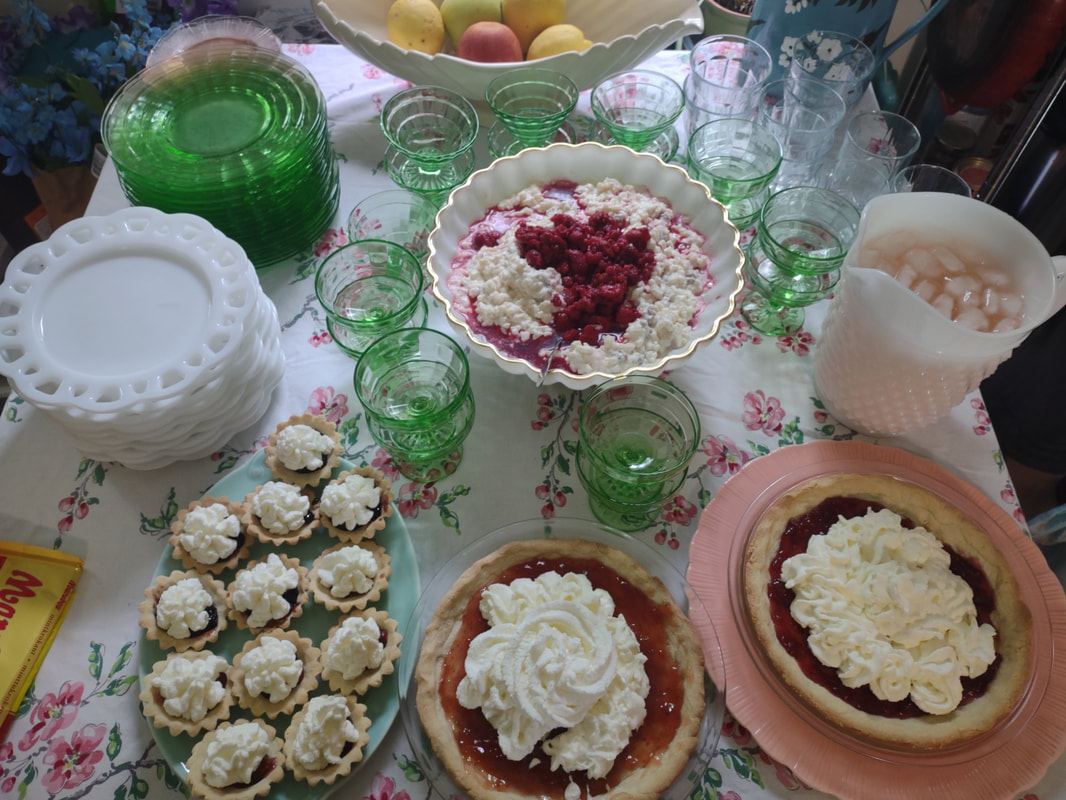 Rice pudding with raspberry sauce, a pitcher of rhubarb gin and tonic, and sandbakkels large and small with strawberry, blackberry, and homemade (not by me) raspberry-rose wine jam and topped with homemade whipped cream. The blue pitcher just out of sight in the upper right hand corner contained the elderflower punch. Although the party was a smash success (the first guest arrived at 2 pm - the last left at 10:30 pm), and we did get our bonfire outdoors, we were having too much fun to make the flower crowns I had planned! And the unseasonably chilly weather (a high of just 63 F after the previous day's high of 90 F was a bit of a shock) did put the kibosh on some of our plans. But we still had a great time. I tried pickled herring for the first time. It was my Swedish grandpa's favorite, but although it was nowhere near as bad as I feared as a child, the creamy sweet-and-sour flavor was not my favorite. I sent the jar home with a friend who fell in love. The pickled beets went home with another friend who loves them, and the last bits of the extremely good creamy cucumber salad went home with another friend's kids, who couldn't stop eating it. The rhubarb gin turned out divine, and everyone was curiously addicted to the elderflower punch. The extra creamy rice pudding with raspberries was my take on the Swedish rice pudding the society made by the gallons for the big Scandinavian festival I grew up attending every year. The raspberry sauce topping is a must. But the runaway surprise hit of the afternoon was the brunost with strawberry jam. To a person the 15+ people who attended loved it. That was the only platter of sandwiches to be totally gone by the end of the evening. In all, a delightful party, despite the weather, and one I'm definitely going to repeat. Next year I'll make sure to have the flower crown activity ready to go, I'll decorate more with some Scandinavian flags and a mini maypole or two (I don't think I could swing a giant one), and aquavit is definitely going on the menu for next year. And I will try to take more photos! If you'd like to try your hand at your own midsummer party, feel free to steal liberally from the menu above. Just don't forget to make things festive with flowers, candles, pretty table linens and dishes, and, if you can swing it, a real fire! Glad midsommar, alle! Learn more about Scandinavian midsummer traditions. The Food Historian blog is supported by patrons on Patreon! Patrons help keep blog posts like this one free and available to the public. Join us for awesome members-only content like free digitized cookbooks from my personal collection, e-newsletter, and even snail mail from time to time! Don't like Patreon? Leave a tip! We've all had those days. Days where we forgot to bring lunch to work and can't get away to buy it, or when we bring a sad, cobbled-together lunch, or when we pick up fast food or something with empty calories. For many of us, a slow-moving afternoon or the distraction of a rumbling stomach isn't the end of the world. But during the Second World War, people didn't have the luxury of distraction of fatigue. This bold propaganda poster from c. 1943 features a yawning male worker leaning on the surface of what appears to be a stamping or hammering machine. He says, "Ho hum," feet crossed, leaning on his elbows, as a heavy block of metal descends toward his head. The poster reads, "Avoid fatigue! Eat a lunch that packs a punch!" During WWII, the United States engaged in total war. That meant that nearly every aspect of American society shifted toward the war effort. Nowhere was this more clear than in the everyday work of people in manufacturing. Men who weren't drafted for the war or working on farms often worked in factory settings. Factories that previously made machinery for consumer use - automobiles, refrigerators, washing machines, etc. - now found themselves manufacturing warplanes and Army jeeps and munitions. Factories worked on round-the-clock schedules, with three shifts a day. Some people worked much longer than 8 hours at a time. Although great strides had been made in ergonomics in factory work during the 1940s, the pressure of keeping up with military contracts and quotas was great. People often got too little sleep, and rationing made food supplies tight. During the war the U.S. federal government issued the Basic 7 - the first national nutrition guidelines ever issued. Based around the idea of balancing vitamin intake with protein, carbohydrates, and fats, the Basic 7 helped ordinary Americans better understand nutrition. Which is exactly what this poster is alluding to. "Eat a lunch that packs a punch" was a slogan also showed up in other posters, and alluded to calcium to keep bones strong, protein to build muscles, and Vitamin A to improve eyesight, among others. But this poster focuses on fatigue, which was a very real threat to the war machine. Tired workers made mistakes, hurt themselves, and could hurt or kill others. Operating flat out didn't leave room for mistakes, and a labor shortage thanks to the draft made skilled workers difficult to replace. Unbalanced meals, or not enough to eat, did not give war workers the energy they needed to perform at the highest levels at all times. The pressure of wartime work must have seemed unbearable at times. And with women increasingly joining the workforce and/or managing victory gardens and food preservation at home, not to mention coping with rationing, the idea of packing a large and nutritionally balanced lunch must have seemed like a lot of extra work for people. But while cafeterias were sometimes available, most people in factory work still packed their lunches. And while working at high speeds with dangerous equipment, it was worth it to make sure you weren't going to be too tired to do your job. There was no room for slacking off at work during the war, and getting proper nutrition to keep in peak physical health was so important the federal government spent a great deal of money advertising basic nutrition concepts (along with lots of posters about workplace safety) to ordinary Americans. Total war meant total commitment, total effort, and total focus. Staying healthy and well-fed was all part of total war. The Food Historian blog is supported by patrons on Patreon! Patrons help keep blog posts like this one free and available to the public. Join us for awesome members-only content like free digitized cookbooks from my personal collection, e-newsletter, and even snail mail from time to time! Don't like Patreon? Leave a tip!
|
AuthorSarah Wassberg Johnson has an MA in Public History from the University at Albany and studies early 20th century food history. Archives
July 2024
Categories
All
|
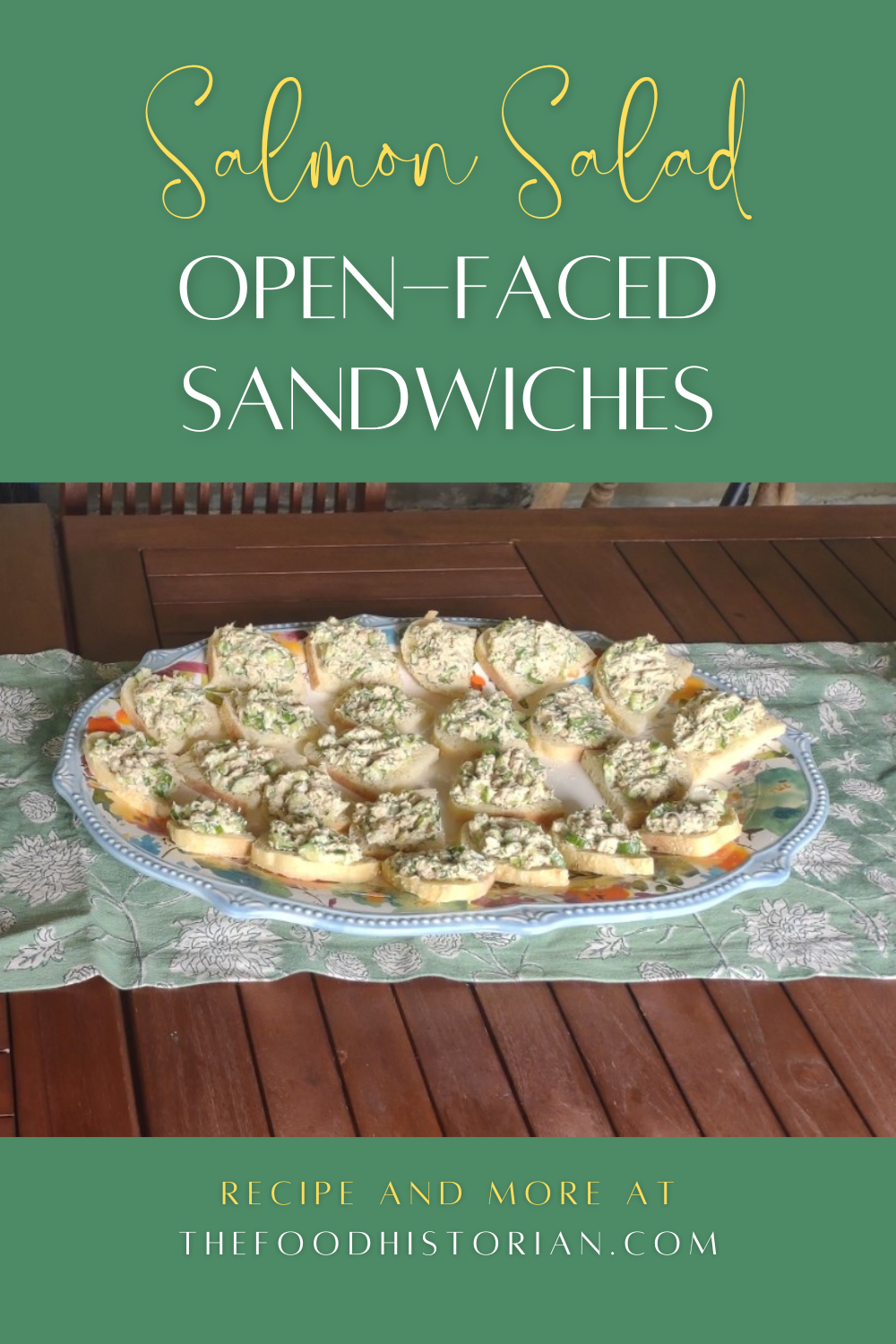
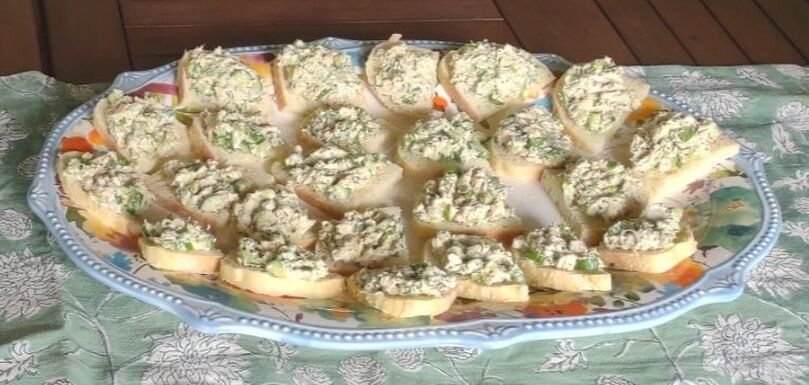


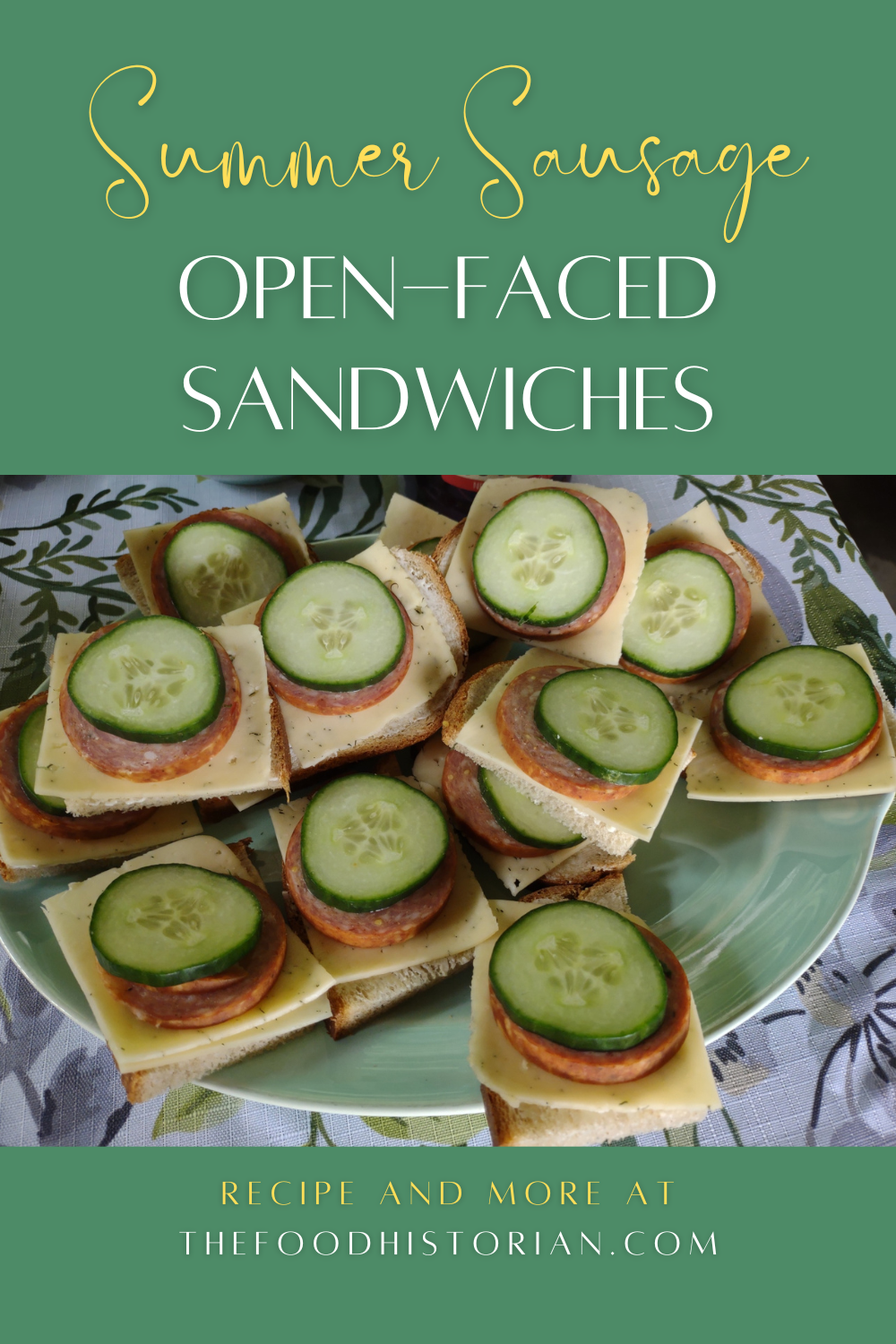
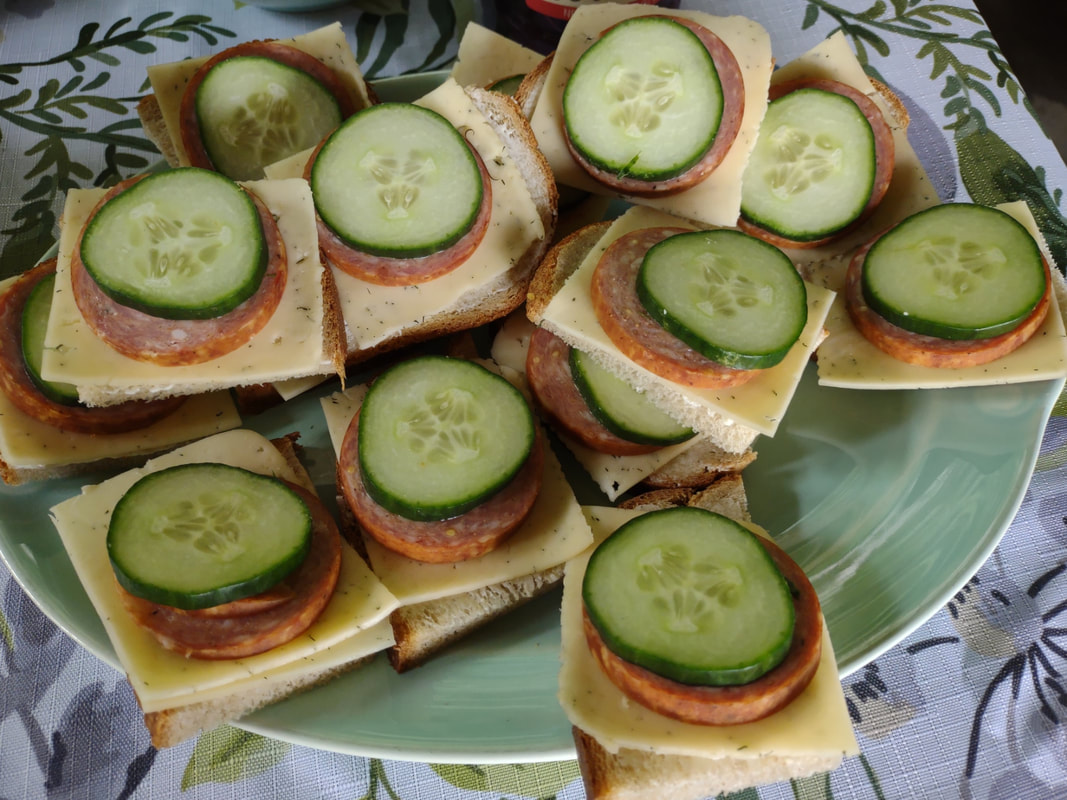
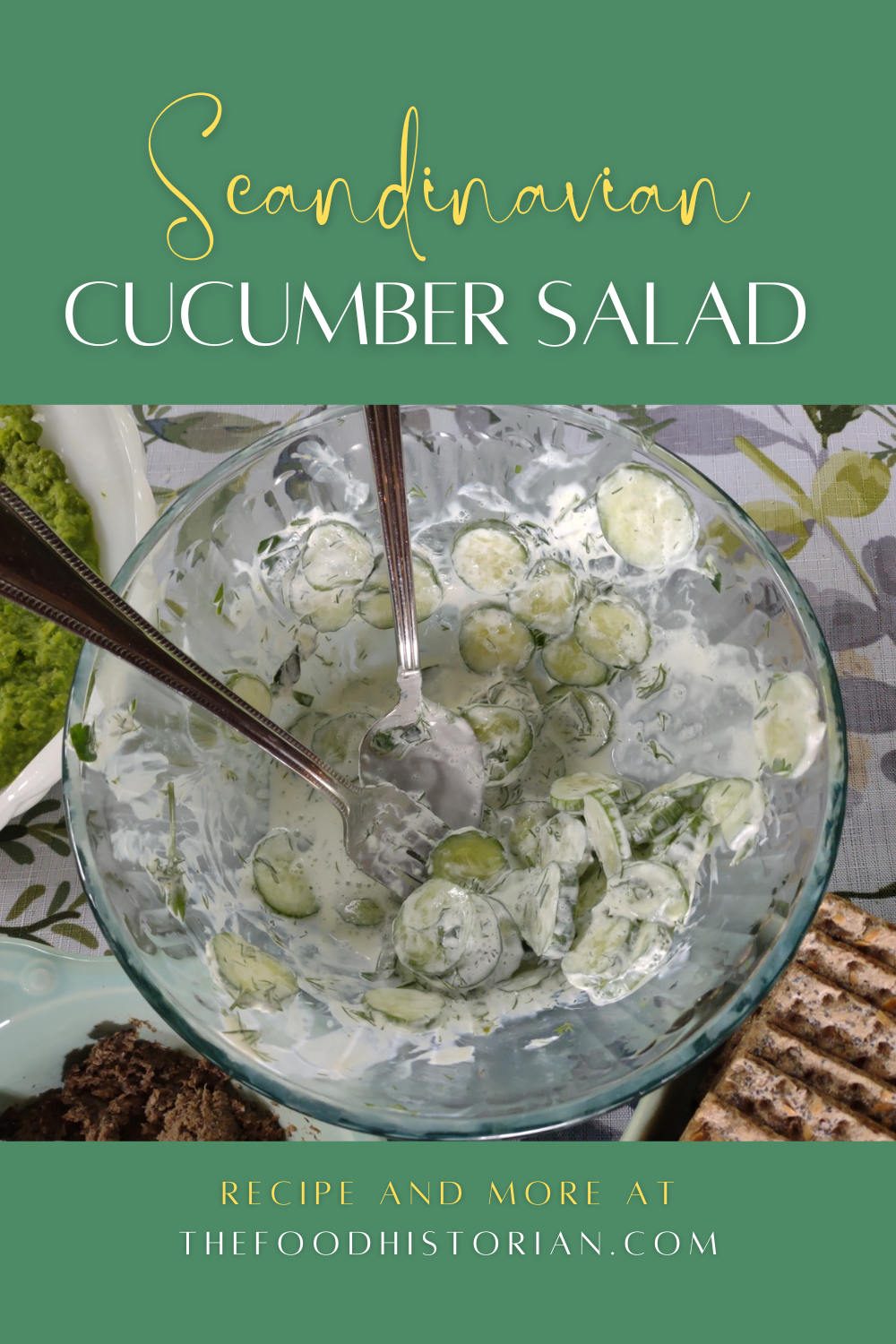
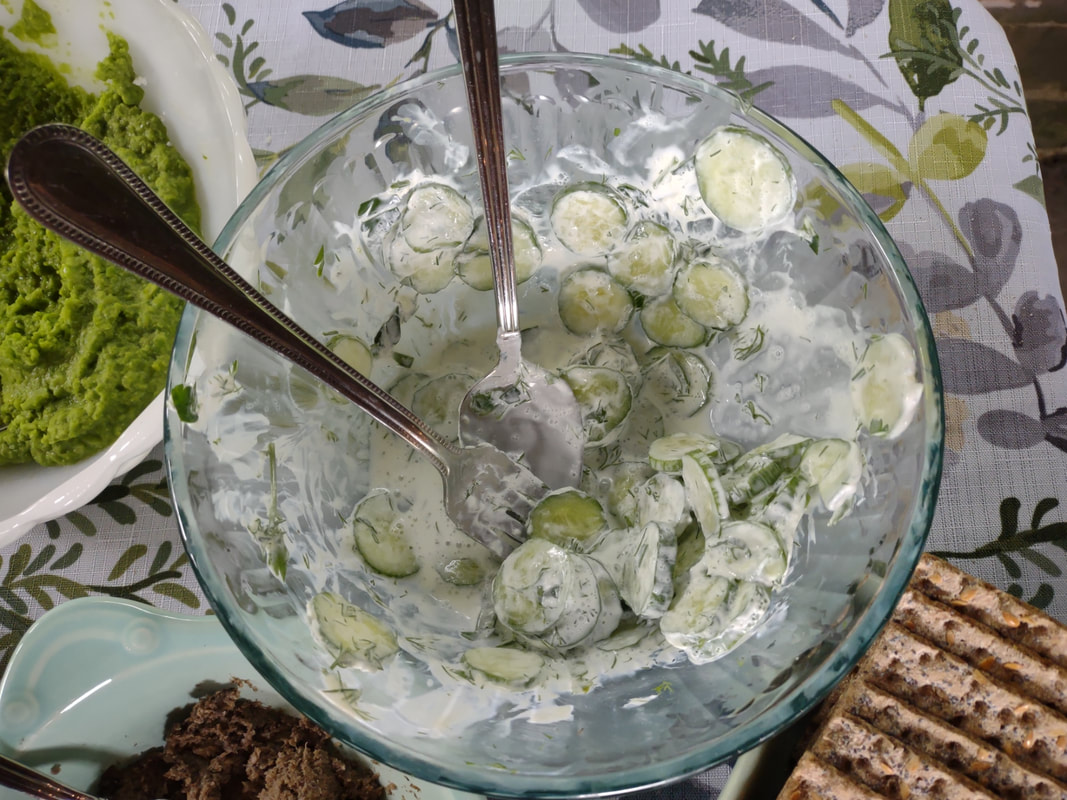
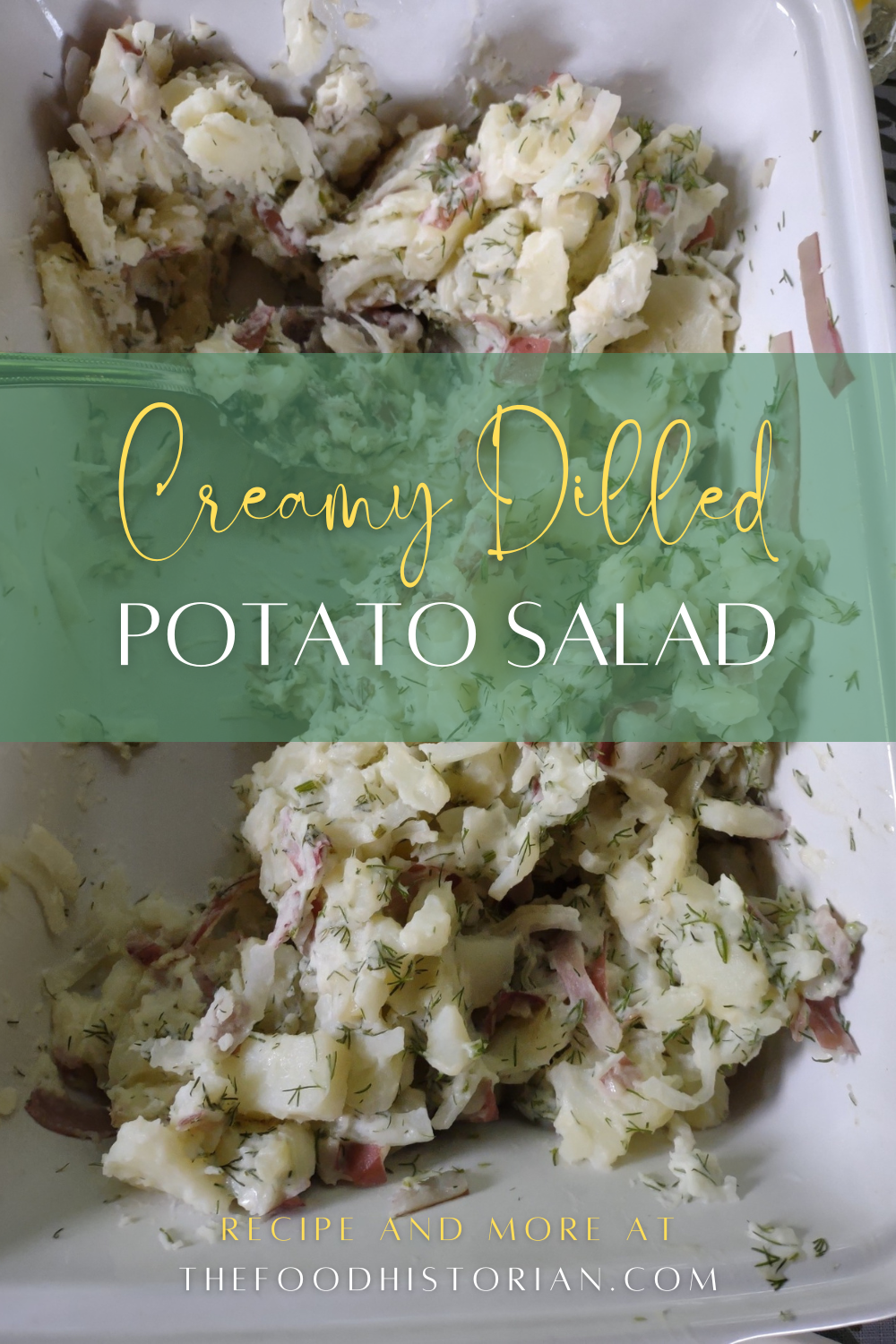
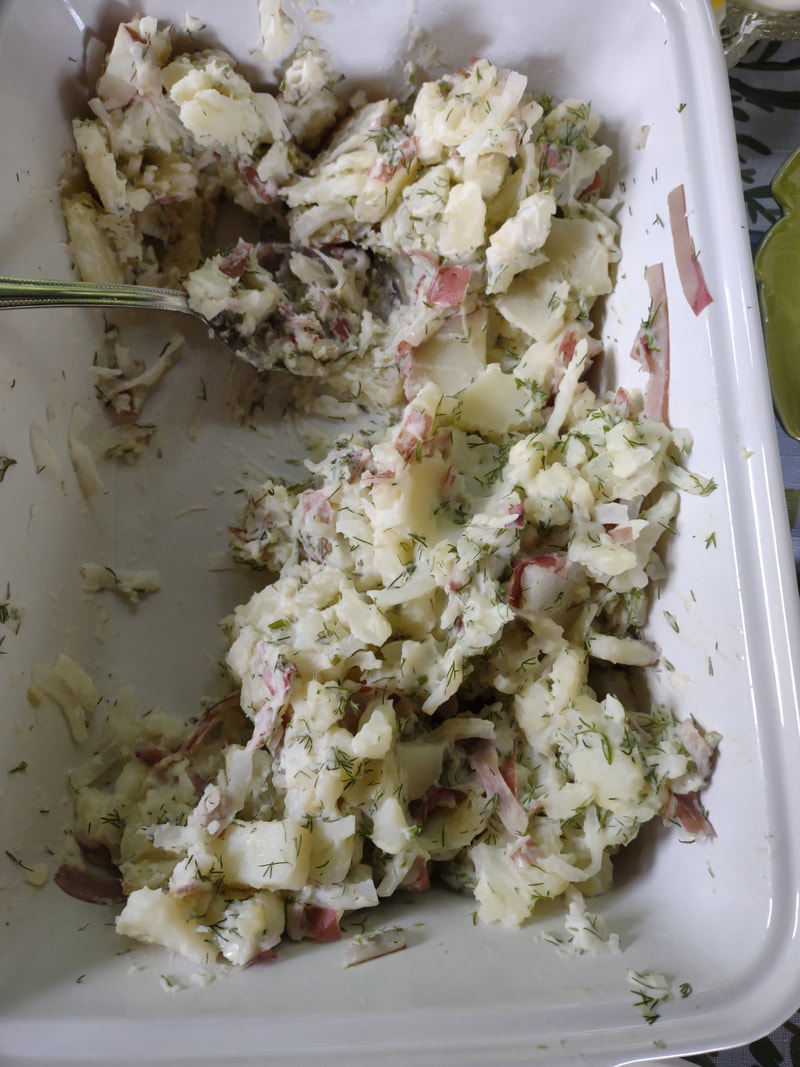
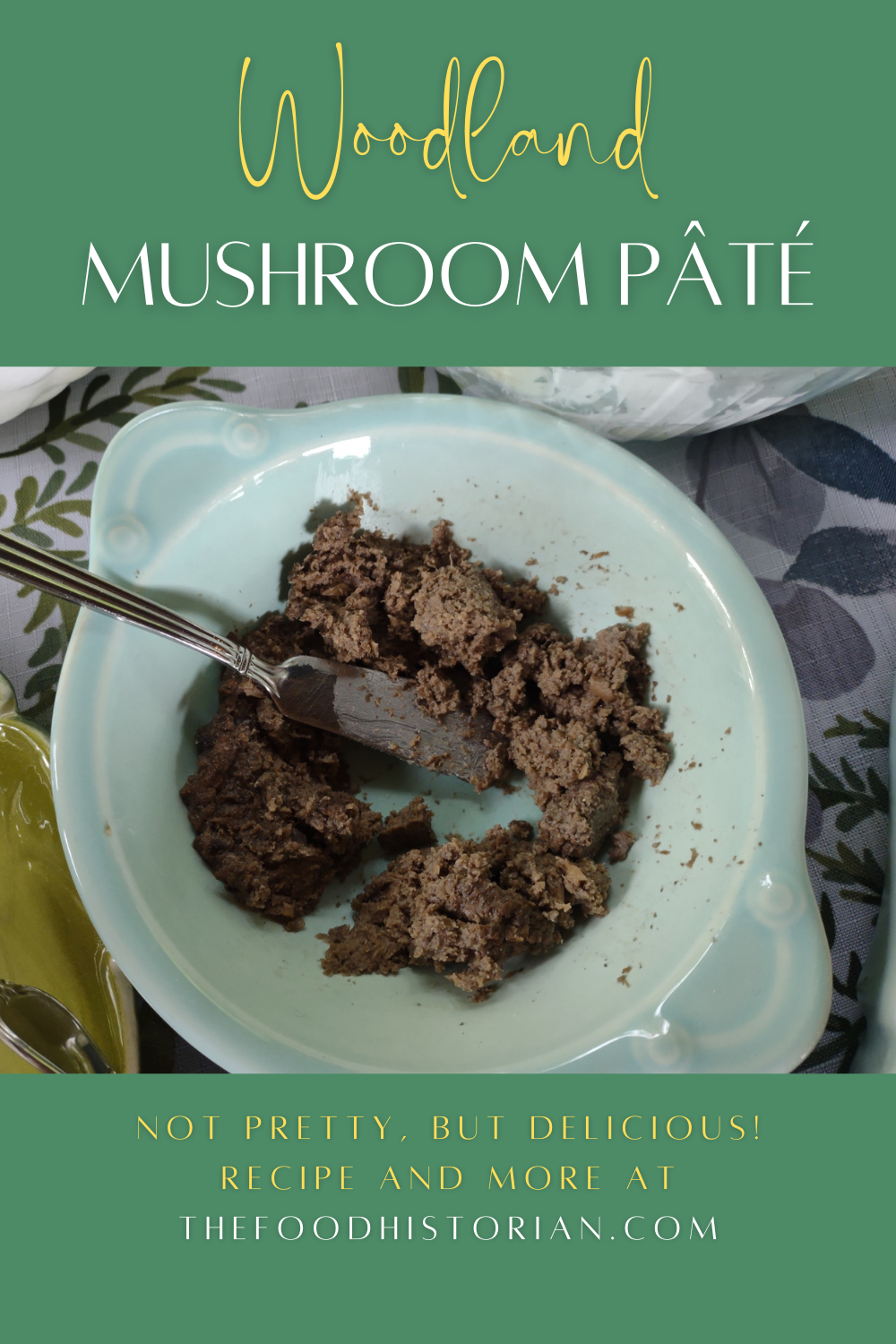
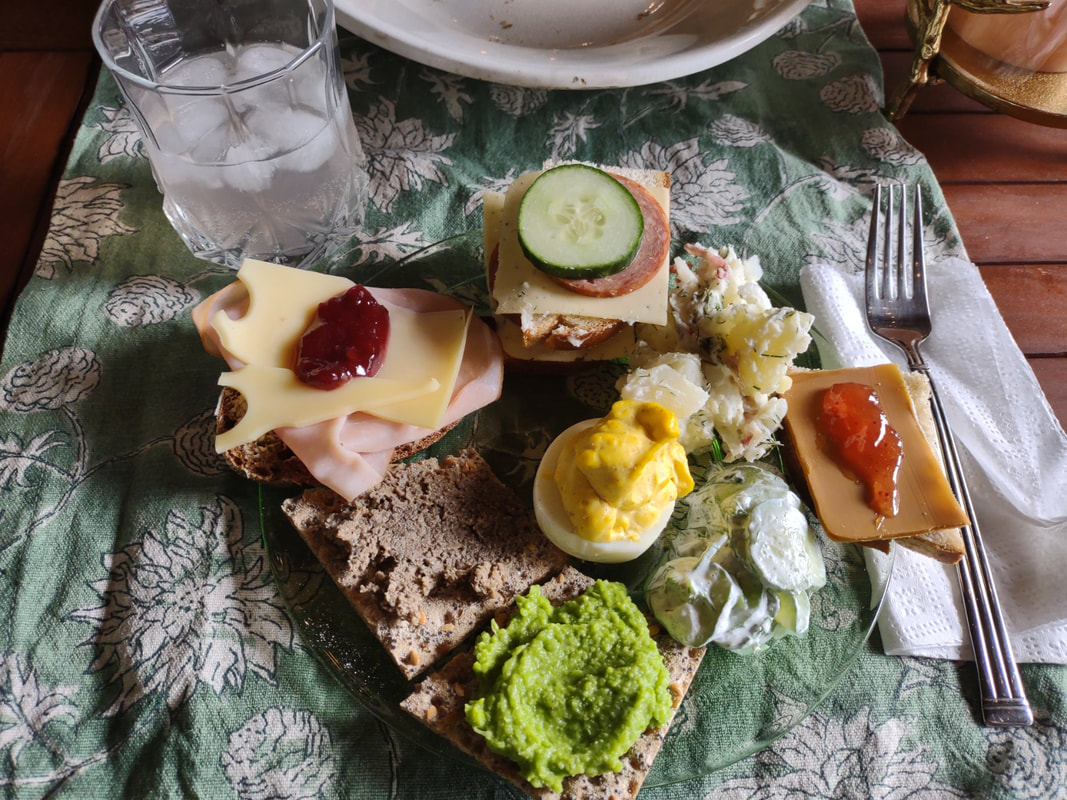
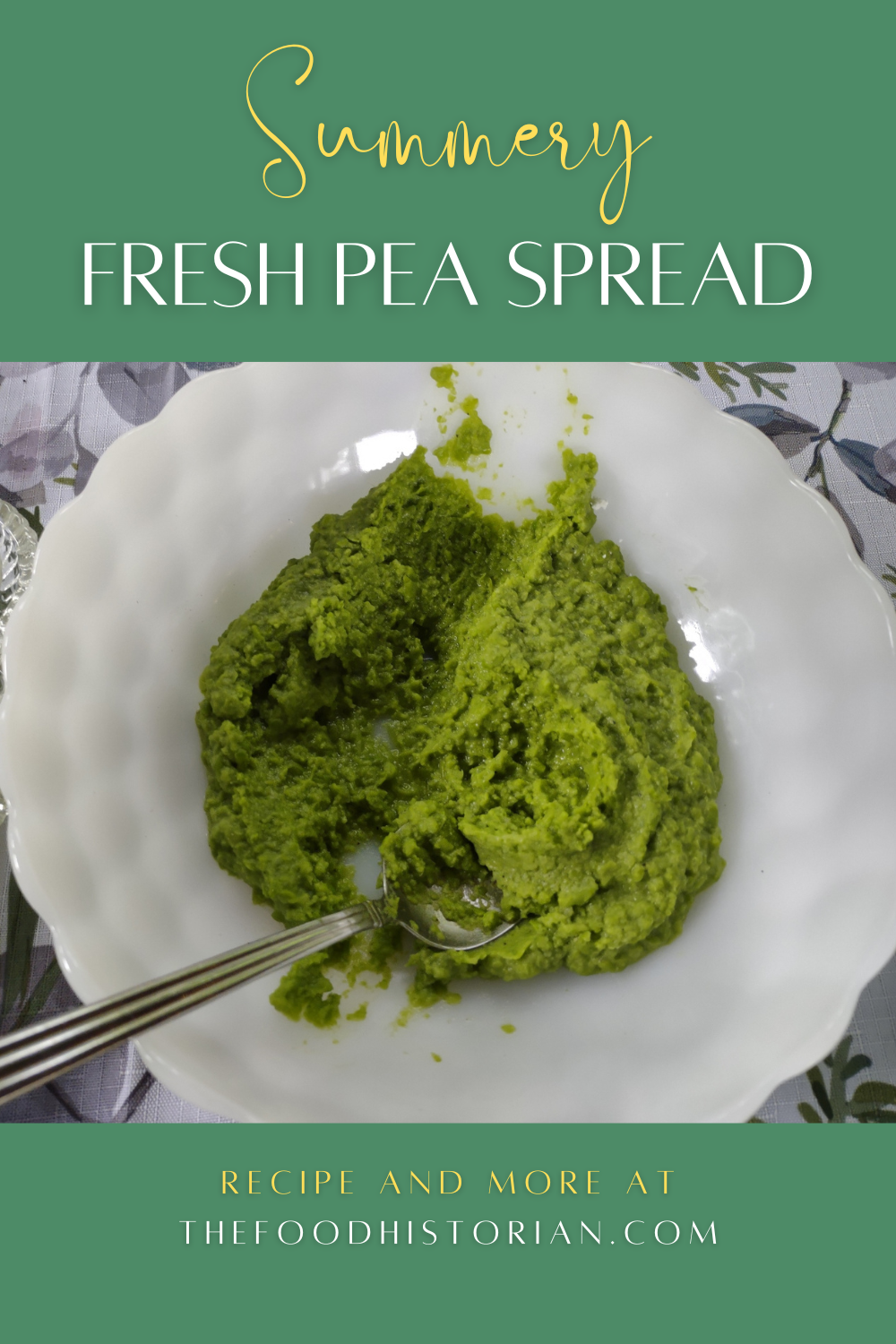

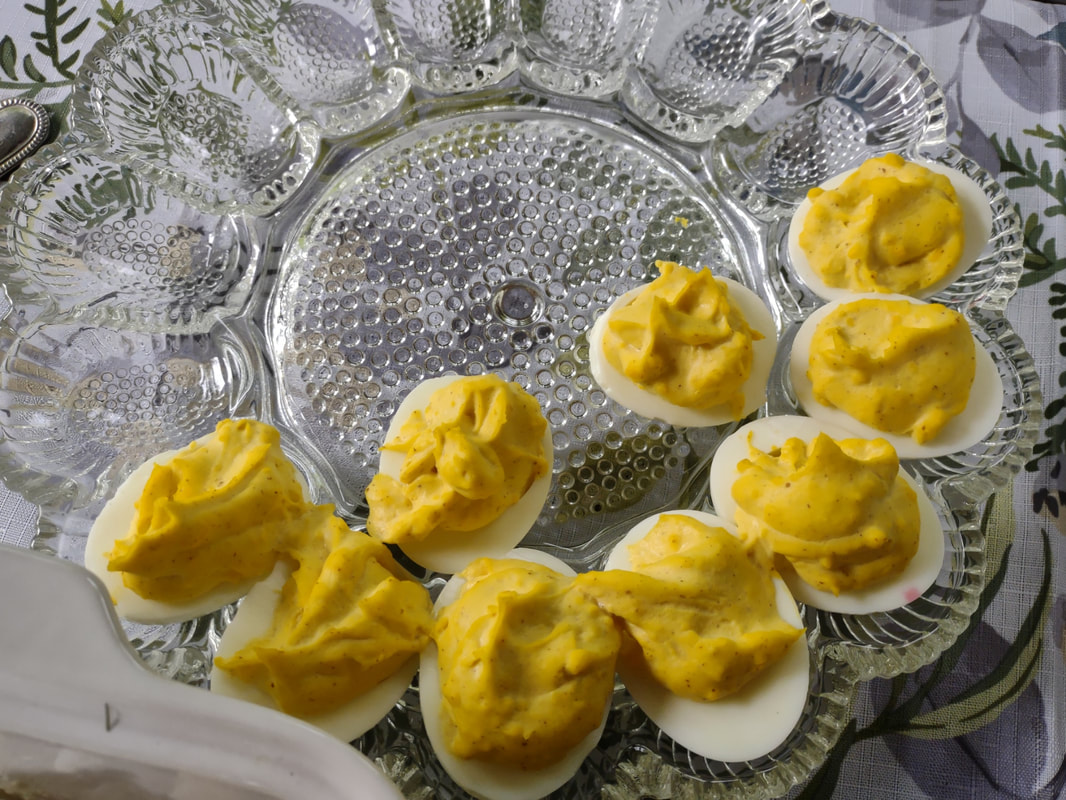
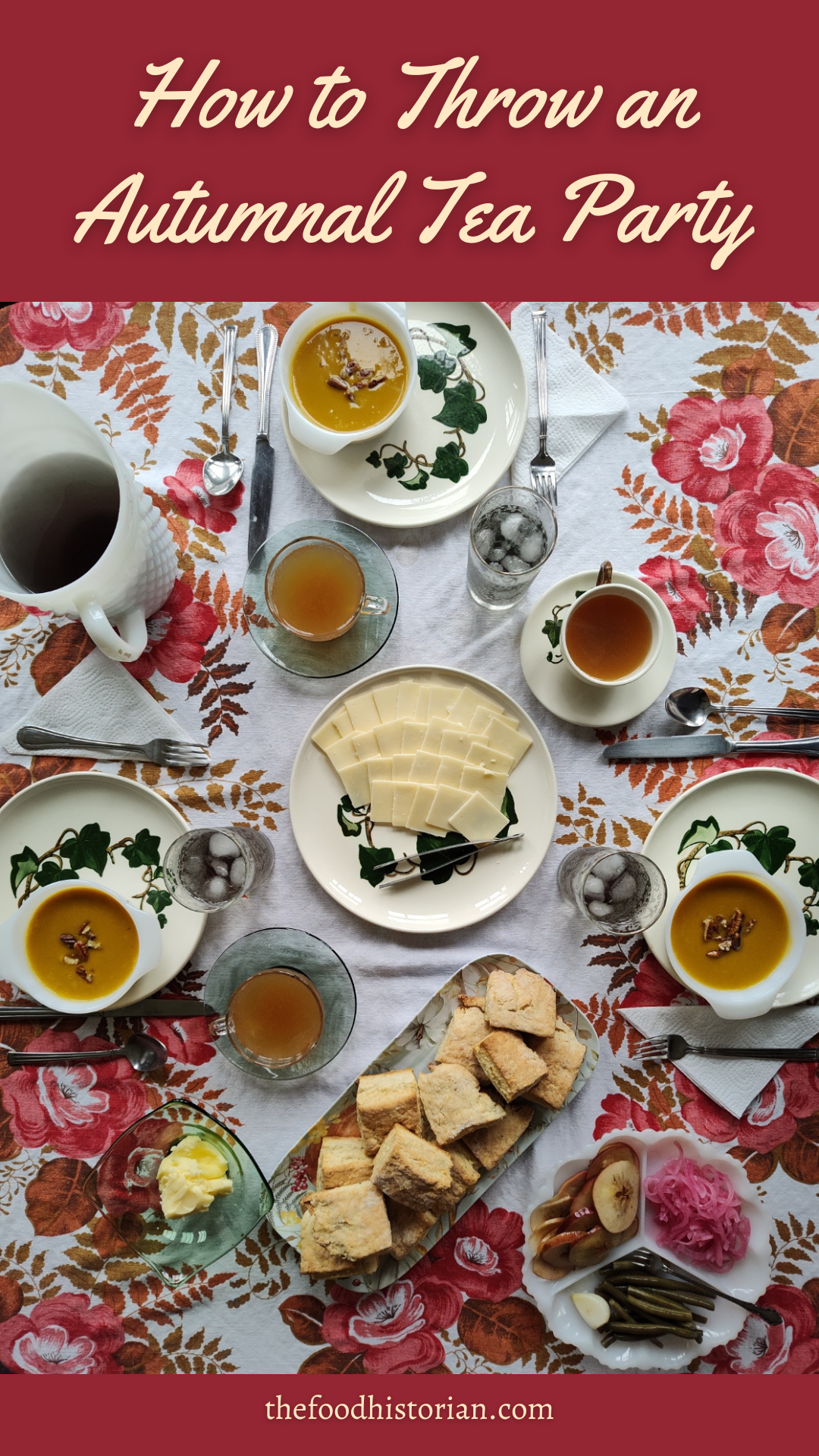
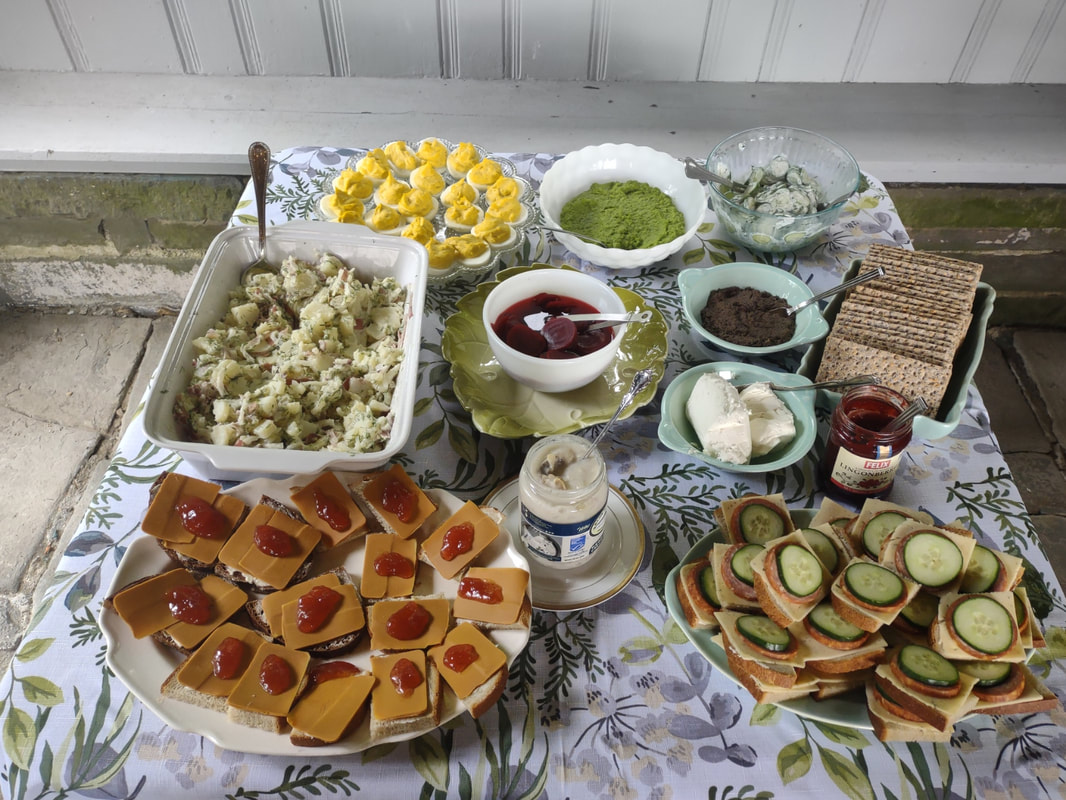
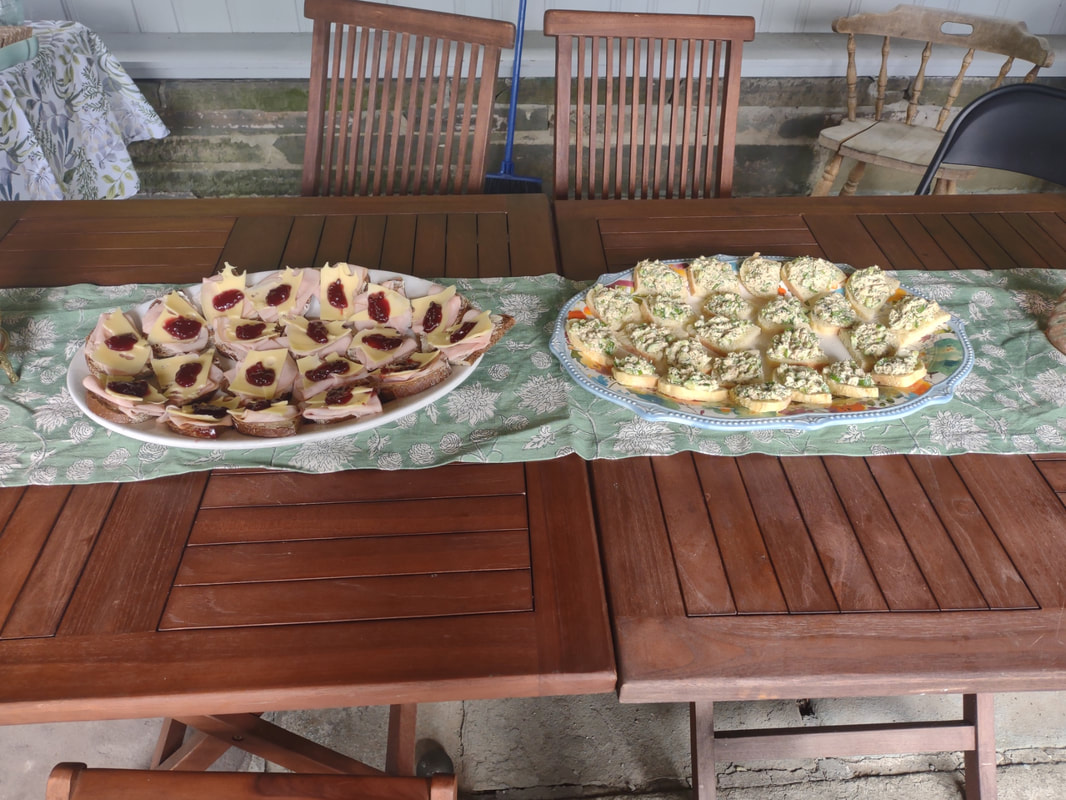


 RSS Feed
RSS Feed